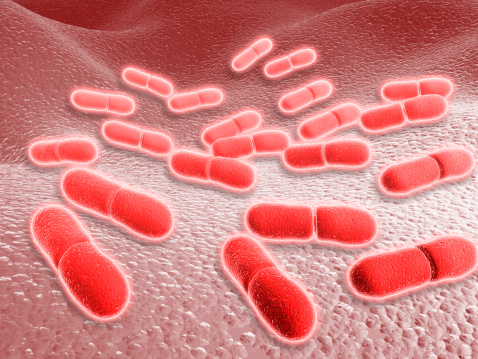Microorganisms are living beings that are not visible to the naked eye.
They can be viewed only with the help of a microscope.
In spite of their minute size, they carry out their body functions and physiology independently like higher animals.
These organisms are mostly single-cellular, and very few are multi-cellular.
The differences among microbes can be learned based on their structure, physiology, habitats, and food habits.
Types of Microorganisms
- Bacteria
- Archaea
- Algae
- Fungi
- Protozoa
- Yeast
- Diatoms
- Virus
Bacteria
- These are said to be the first organisms to have appeared and are single-cellular.
- The cell has a cell wall and may also have a flagella.
- They are called “prokaryotic cells” because they lack a clear-cut nucleus.
- Bacteria are omnipresent, i.e., they can be found on the earth’s surface, underneath, in the air, in the living bodies, etc.

- They obtain their food by different means like parasitic nature, saprophytic, symbiotic methods, etc.
- They eat up almost anything, leading to the decay of any waste.
- Bacteria cause many diseases like tuberculosis, leprosy, cholera, etc.
Archaea
- These are similar to bacteria but live in more harsh conditions and extreme temperatures.
- They differ from bacteria in a few biochemical molecules.
Algae
- These are multi-cellular yet microscopic in nature.

- They can be seen when they grow in large colonies as patches.
- They live in marine and also freshwater environments.
Ex: Spirogyra.
Fungi
- These are multi-cellular; some are microscopic, while others are macroscopic.
- They grow on bread and other foodstuffs at home or in eateries.
- They can be invisible when present as single strands.
- But as they grow into many strands, they can be visible as fluffy material.
Ex: Rhizopus.
- Fungi cause topical infections like ringworm and deranged nails on toes.
- They can also cause internal infection.
- But there are a few important uses of fungi.
Protozoa

- These are a large class of animals that are visible only under a microscope.
- They have the ability to move and find their food.
- They can cause diseases in man and other large animals. They are mostly found in fresh water and in slimy, moist soil.
Ex: Amoeba.
- You can read more about them in the examples of protozoa.
- Diseases caused by protozoa include malaria, gingivitis, etc.
- These are examples of single-celled parasites.
Yeast
- These are classes of fungi but are single-celled.
- They are some of the widely used organisms for human purposes, such as the production of alcohol, baking as nutritional supplements, etc.
Diatoms
- These are a type of microalgae enclosed in the cell wall made of silica.
- They are mostly present in fresh water and marine water.
Virus
- These are not living organisms, so they cannot be called microbes.
- But this virus is a biological agent that takes up host nuclear machinery and multiplies upon entering into living beings.

- They are absolute parasites and cannot live without a host.
- They have a protein coat and nucleic acid-like DNA or RNA.
- They cause many types of diseases in plants and animals.
I really appreciate your hard work,thank u so much for the information
wow! thank you for telling me all this i appreciate this. keep it up
I want this in pictures